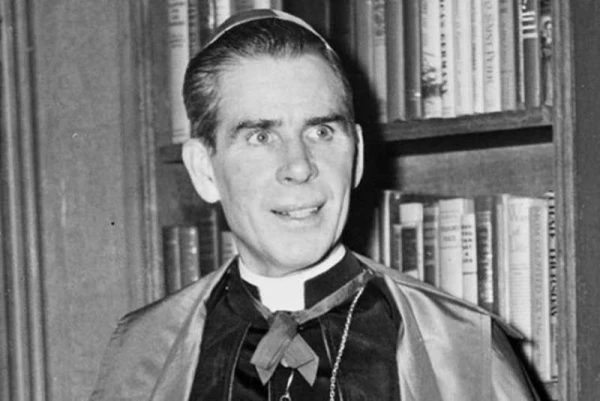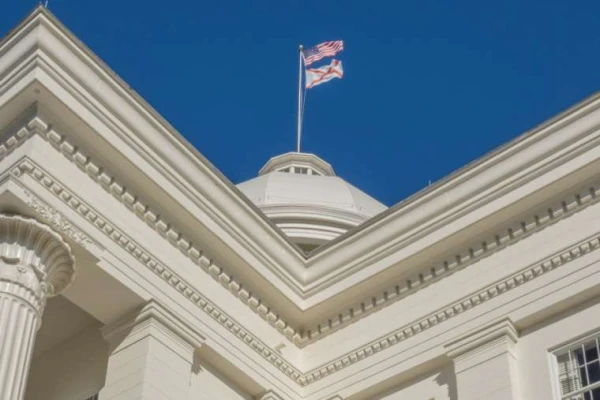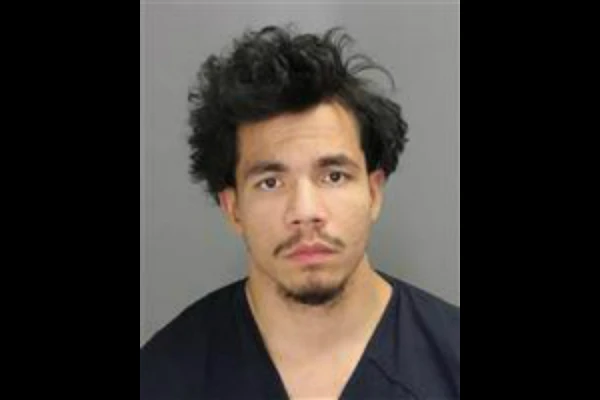
Denver, Colo., Jun 7, 2019 / 04:00 pm (CNA).- When the Netflix series ‘13 Reasons Why’, which features teen suicide, first aired in 2017, mental health professionals expressed concerns that the show could have a contagion effect, triggering an increase in suicides among teens inspired by the show.
A new study suggests these fears were not unfounded. According to a study published in the Journal of the American Academy of Child and Adolescent Psychiatry, United States youth ages 10-17 had a 28.9% increase in suicide rates in young males in the month (April 2017) following the debut of the show.
“The number of deaths by suicide recorded in April 2017 was greater than the number seen in any single month during the five-year period examined by the researchers,” the National Institute of Mental Health (NIMH) reported. Increases in suicide rates among youth were also found in the month leading up to the shows release, and through December 2017, nine months after its release.
“The findings highlight the necessity of using best practices when portraying suicide in popular entertainment and in the media,” NIMH stated in a press release on the study.
The study was conducted by multiple researchers from several different universities, hospitals, and the NIMH, which also funded the study. The study found that the increase in suicides was statistically significant among young males. The increase in suicides among young females in association with the show was not statistically significant.
For the study, researchers analyzed death rates due to suicide based on data from the Centers for Disease Control and Prevention’s web-based Wide-ranging Online Data for Epidemiologic Research.
Researchers found the increase in suicide rates even after adjusting for otherwise expected suicide rates during that time period, based on ongoing suicide trends. They also found that suicide rates did not increase during the studied time period for people ages 18-64.
Suicide is the third leading cause of death among young people between the ages of 10 and 24, according to the CDC. Studies show that publicized suicides may also trigger a ripple effect of additional suicides within communities.
“The results of this study should raise awareness that young people are particularly vulnerable to the media,” one author of the study, Lisa Horowitz, Ph.D., M.P.H., a clinical scientist in the NIMH Intramural Research Program, said in a statement. “All disciplines, including the media, need to take good care to be constructive and thoughtful about topics that intersect with public health crises.”
The Netflix series “13 Reasons Why,” developed by Brian Yorkey, is based on a young adult novel with the same title by author Jay Asher. The series examines the suicide of 17 year-old Hannah Baker, who made 13 cassette tapes prior to her death. Each tape is addressed to a different person at her school, and details how and why they contributed to her desire to take her own life. It also graphically depicts Baker’s suicide in a scene in which she slits her wrists and lets her blood spill into her bathtub at home.
Mental health experts and other critics have raised concerns that the show portrays suicide as an act of revenge and a power play, rather than as an irreversible tragedy.
“There was a kind of romanticization, and at the core of the story was this idea that you can kill yourself and be dead and yet not really be dead,” Don Mordecai, Kaiser Permanente’s national leader for mental health, told Business Insider. “Because, of course, (Baker) continues to be a character – she’s in scenes, and she’s still there in many ways.”
The creators of the Netflix original series insisted in a follow-up video that 13 Reasons was meant to be helpful – to bring up important conversations about serious topics like suicide, bullying and assault, and to get viewers talking about solutions to suicidal thoughts. The second season of the show includes a disclaimer, telling teenagers to watch the show with a trusted adult and to seek help if they experience suicidal thoughts.
But even prior to this recent study, the show faced much backlash from mental health experts, who said it failed to follow several of the “Recommendations for Reporting on Suicide,” a list of guidelines for media outlets developed by suicide prevention experts and journalists. Experts advise against sensational headlines or depicting the method of suicide, which studies have shown can lead to suicide contagion, or “copycat” suicides.
Suicide Awareness Voices of Education, a U.S. non-profit suicide prevention group, said at the show’s release that it may do “more harm than good.”
A Florida schools superintendent warned parents in April 2017 that the show was inspiring an increase in self-harming and suicidal threats among elementary and middle school students, according to the Washington Post.
A survey published in November 2018 also found that of 87 suicidal teenagers aged 13 to 17 who were taken to the emergency department, 43 of them said that they had watched at least one episode of “13 Reasons Why”. Of those who had seen the show, 21 reported that they believe it had increased their risk for suicide.
In the press release for the NIMH study, the authors concluded that the findings “should serve as a reminder to be mindful of the possible unintended impacts of the portrayal of suicide, and as a call to the entertainment industry and the media to use best practices when engaging with this topic.”
 […]
[…]








